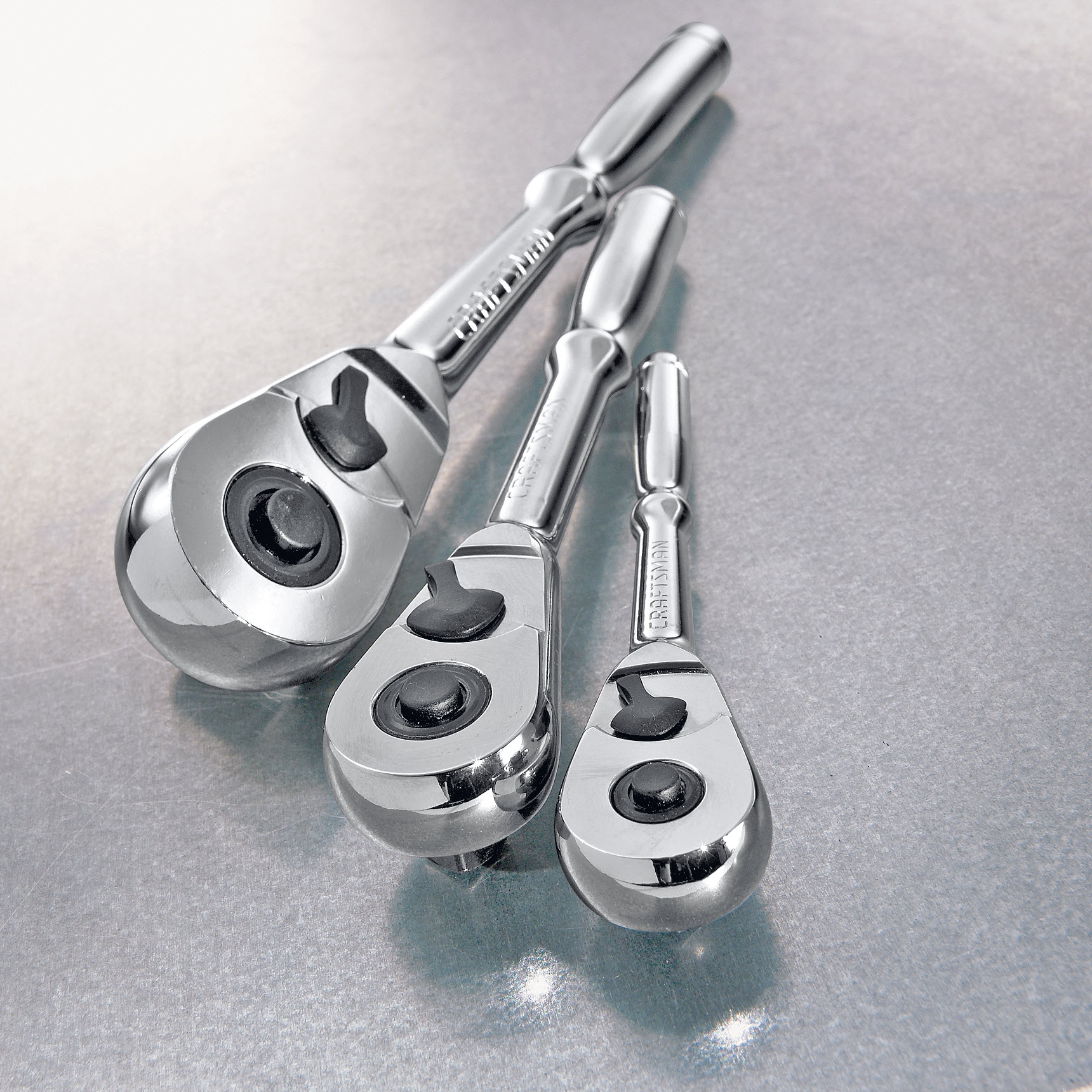“Ratchet” can refer to a variety of things depending on the context. 1. **Tools**: In mechanical terminology, a ratchet is a tool designed to allow continuous rotation in one direction while preventing reverse movement, often used in conjunction with sockets for tightening or loosening nuts and bolts.2. **Slang**: In slang, “ratchet” may describe someone or something that is considered low-class, chaotic, or overly dramatic, often in a humorous or derogatory context. 3. **Entertainment**: In popular culture, “Ratchet” may also refer to characters or themes in music, television, or film that embody a bold, unapologetic attitude, often associated with vivacity and edge.4. **”Ratchet & Clank”**: It is also the name of a popular video game series featuring a lombax named Ratchet and his robot companion, Clank, known for their adventurous platforming and action gameplay.If you need a specific context, please let me know!
Ratchet & Clank: Rift Apart Price in Pakistan
Current Price: ₨ 250
Below is the summary of current prices of Ratchet & Clank: Rift Apart in Pakistan
- Lowest Price of Ratchet & Clank: Rift Apart: Rs 10
- Highest Price of Ratchet & Clank: Rift Apart: Rs 250
- Average Price of Ratchet & Clank: Rift Apart: Rs 250
Ratchet & Clank: Rift Apart Price Comparison in Pakistan
Explore the latest prices for the iPhone 14 Pro Max across various trusted retailers in Pakistan. Below is a comprehensive list detailing the current prices from multiple websites, giving you the best options to choose from. Whether you’re looking for the lowest price or the best deal, we've got you covered!
| No. | Website Logo | Website | Price |
|---|
Ratchet: An In-Depth ExplorationOverview:The term “ratchet” can refer to several contexts ranging from mechanical devices to cultural phenomena. Primarily known in the mechanical world, a ratchet is a device that allows for motion in one direction while preventing motion in the opposite direction. This seemingly simple mechanism has profound implications in engineering, mechanics, and even social constructs. Mechanical Ratchets:In mechanical engineering, a ratchet typically consists of a gear and a pawl. The gear has angled teeth that allow it to move freely in one direction while resisting movement in the opposite direction when engaged by the pawl. This principle makes ratchet mechanisms ideal for a variety of applications including:1. Tools: Ratchet wrenches and sockets are widely used in automotive and construction industries. The design allows users to apply torque to nuts and bolts without needing to reposition the tool after each stroke. This can significantly speed up tasks, especially in tight spaces where movement is limited.2. Bicycle Freewheels: Ratchet mechanisms are crucial in bicycle gear systems. They permit the rear wheel to spin freely when coasting, preventing the pedals from moving backward, thus enhancing riding efficiency and comfort.3. Locks and Latches: In security devices, ratchet mechanisms can provide one-way security, allowing a locking mechanism to engage and prevent unauthorized access while permitting legitimate exit or entry.4. Lifting Mechanisms: Devices like hoists and winches utilize ratchet systems to lift heavy loads without the risk of them falling back down, thus providing safety and reliability in lifting operations.The simplicity and reliability of the ratchet mechanism have made it a staple in both industrial and consumer products.Cultural and Social Ratchets:Beyond its mechanical applications, the concept of a “ratchet” has permeated societal discussions, particularly in economics, social behavior, and politics. In these realms, the term often reflects a situation or condition that, once advanced, cannot easily revert to its previous state, analogous to the mechanical ratchet.1. Economic Ratchet Effect: In economics, the ratchet effect describes how certain economic policies or conditions, once established (like increased taxes or social benefits), tend to remain in place even when economic conditions change. This phenomenon has implications for fiscal policy, social welfare programs, and government spending.2. Social Progress: In discussions about social change and progress, the ratchet effect can signify advances in civil rights, gender equality, and environmental protections that, once achieved, become difficult to roll back. For instance, laws that promote equal rights can create a baseline of expectations within society, leading to continued pressure for further progress.3. Cultural Dynamics: The term “ratchet” has also been used in popular culture, often in reference to cultural movements, behaviors, or trends that seem to advance quickly or proliferate despite pushback. This usage can encompass everything from stylistic trends in music and fashion to social phenomena in various communities.Conclusion:Whether in mechanics or social constructs, the essence of the ratchet lies in its capacity to enable progress in one direction while resisting regression in another. This characteristic resonates across disciplines, offering valuable insights into how systems evolve, adapt, and sometimes become entrenched. Understanding the ratchet—both as a mechanical device and as a metaphor for societal change—provides a framework for analyzing our complex world, emphasizing the importance of progress and the challenges of maintaining momentum in various contexts.
Ratchet & Clank: Rift Apart Features
Sure! A ratchet is a mechanical device that allows continuous rotation in one direction while preventing movement in the opposite direction. Below is a specification for a typical ratchet mechanism, which could be applicable in various applications, such as tools, clocks, and machinery.### Specification for Ratchet Mechanism#### 1. General Information- **Product Type:** Ratchet Mechanism- **Model Number:** RM-001- **Manufacturer:** [Manufacturer Name]- **Date of Manufacture:** [MM/DD/YYYY]- **Intended Applications:** Hand tools (e.g., ratchet wrenches), mechanical clocks, winches, etc.#### 2. Design and Dimensions- **Material:** - Body: High-strength steel or alloy - Pawl: Hardened steel - Ratchet Wheel: Tempered composite or stainless steel- **Finish:** Corrosion-resistant coating (e.g., chrome plating, black oxide) - **Dimensions:** - Overall Length: [Specify Length in mm/inches] - Width: [Specify Width in mm/inches] - Height: [Specify Height in mm/inches] - Ratchet Wheel Diameter: [Specify Diameter in mm/inches] - Pawl Length: [Specify Length in mm/inches]#### 3. Mechanical Properties- **Load Capacity:** [Specify maximum load in kg or lbs]- **Gear Ratio:** [Specify ratio, e.g., 12:1]- **Pawl Engagement Angle:** [Specify angle in degrees]- **Number of Teeth on Ratchet Wheel:** [Specify Number]- **Angle of Movement per Click:** [Specify angle in degrees] #### 4. Performance Characteristics- **Operating Temperature Range:** [-20°C to +80°C]- **Durability:** Rated for at least [Specify Number] cycles of operation- **Friction Coefficient:** [Specify value]- **Maximum Rotation Speed:** [Specify speed in RPM]#### 5. Functional Features- **Direction of Rotation:** Unidirectional (clockwise/counterclockwise)- **Type of Pawl:** Spring-loaded pawl for automatic engagement- **Reset Mechanism:** Manual reset (if applicable)- **Lubrication:** Pre-lubricated; requires periodic maintenance- **Noise Level:** [Specify Noise Level in dB, if applicable]#### 6. Compliance and Safety- **Standards Compliance:** ISO 9001, ISO 286 (tolerances), other specific industry standards- **Safety Features:** Overload protection (if applicable), guard against accidental disengagement#### 7. Packaging and Shipping- **Packaged Units:** [Specify number of ratchets per package]- **Packaging Dimensions:** [Specify length, width, height in mm/inches]- **Weight:** [Specify weight per unit/package in kg/lbs]- **Shipping Method:** [Specify shipping details]#### 8. Warranty and Support- **Warranty Period:** [Specify warranty duration, e.g., 1 year]- **Customer Support:** [Describe the support process, e.g., available via email, phone]### ConclusionThis specification outlines the critical aspects of a ratchet mechanism designed for durability, performance, and versatility in a variety of applications. For specific requirements, dimensions, and materials, modifications may be necessary based on the intended use and industry standards. Please feel free to ask if there is a particular type of ratchet you are interested in, such as a ratchet wrench or another application!
Ratchet & Clank: Rift Apart Comparision
Sure! Below is a comparison table for various types of ratchets. Ratchets can be differentiated based on their design, mechanism, applications, and other features.| Type of Ratchet | Design/Mechanism | Common Applications | Advantages | Disadvantages ||----------------------|-------------------------------|----------------------------------|--------------------------------|---------------------------------|| **Socket Ratchet** | Uses a socket attachment connected to a lever for turning fasteners. | Automotive repair, mechanical work | Versatile, interchangeable sockets | Can be bulky, requires sockets to operate. || **Paddle Ratchet** | A flat lever moving in a circular motion, often used for tight spaces. | Electrical work, small machinery | Compact, great for tight spaces | Less torque compared to socket ratchets. || **Ratchet Wrench** | Adjustable wrench with ratcheting mechanism, allows for tightening/loosening without removing tool. | Plumbing, HVAC, general maintenance | Adjustability, access to tight bolts | Limited to certain size range, less torque than fixed wrenches. || **Torque Ratchet** | Designed to measure and apply a specific torque setting. | Engine assembly, critical fastening | Ensures proper tension, prevents over-tightening | More expensive, requires calibration. || **Click-Type Ratchet**| A specific type of torque ratchet that makes a clicking sound when the set torque is achieved. | Automotive assembly, high-torque applications | Precision, audible feedback | Can be less reliable if dropped, needs careful handling. || **Breakaway Ratchet**| Allows for the application of more torque before disengaging; useful for stubborn fasteners. | Heavy machinery, construction | More power for stubborn bolts | Can be harder to control, requires skill to prevent damage. || **Reversible Ratchet** | Features a mechanism to change the direction of the drive. | General handyman work, maintenance | Easy to switch direction, versatile | Can be complicated for beginners to use. || **Mini Ratchet** | Smaller version designed for precision work in tight spaces. | Electronics repair, model building | Highly portable, precise for small fasteners | Limited torque capability, not for heavy-duty use. |This table highlights the variety of ratchets that exist and their specific attributes, advantages, and disadvantages. Each type serves a particular purpose, making them suitable for different tasks and industries.












Reviews
There are no reviews yet.